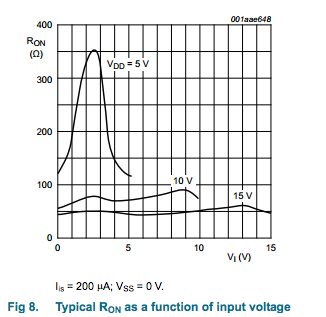I was looking for a strain gauge shield for an Arduino Mega. I found this link which I found really useful:
http://www.osengr.org/Projects/Load-Cell-Shield/Load-Cell-Shield.html
At the bottom of the web page linked above, the details regarding the circuitry have been made available for downloading.
But I have not built this shield yet as I have bumped into a few problems. I will need to measure the voltage output from around 24 strain gauges (putting them in a half-bridge configuration). So, I was thinking of having only one Wheatstone bridge on the shield and having all the gauges taking turns in interacting with the same bridge. Sorry if this sounds silly, but I was hoping to achieve this using a multiplexer (even though more I think about it, it seems more impossible), so I don't end up making 12 bridges.
Let's say that the previous approach is impossible and I have to make individual bridges per pair of strain gauges. Could I still use a 16-channel MUX like HEF4067B to allow each bridge take turns in signal amplification and analogue to digital conversion through the AD7730 chip? By doing this I want to prevent using an amplifier chip like AD7730 or INA126 for every single bridge. Also I wanted to use the multiplexer to overcome the limited number of analogue inputs on the Mega.
This way I can use only two analogue pins on the Mega for taking to potentially 32 sensors (16 channels on each analogue pin). Do you think my line of thinking is reasonable or am I really off?
Actually I think this is my main issue at the moment and what I mentioned above are my thought/solutions. I apologize if they are really far-fetched and I really appreciate any help on this matter.

